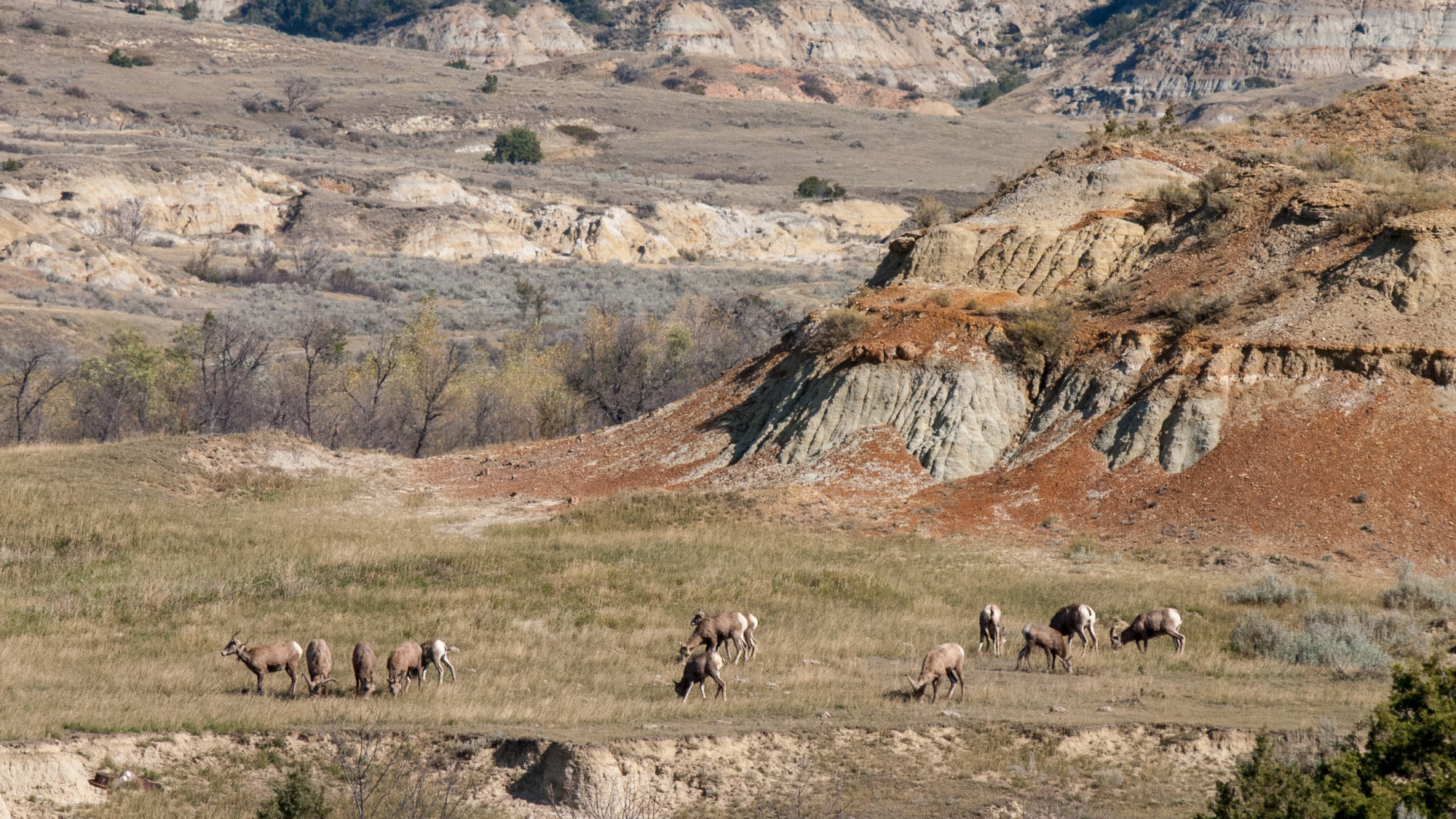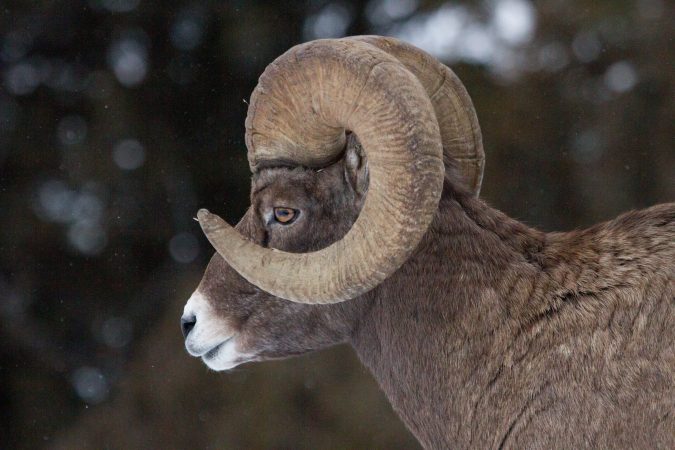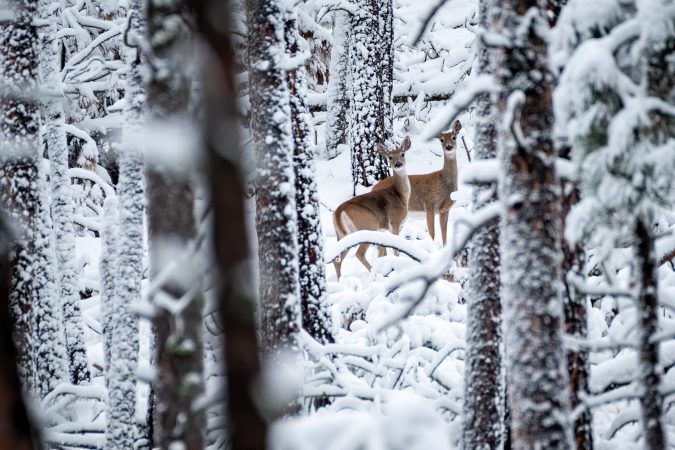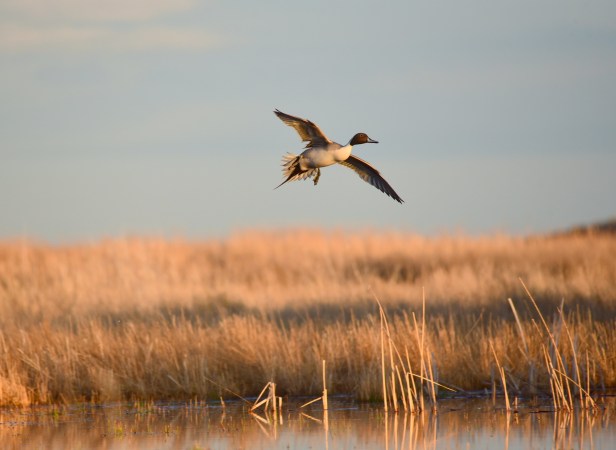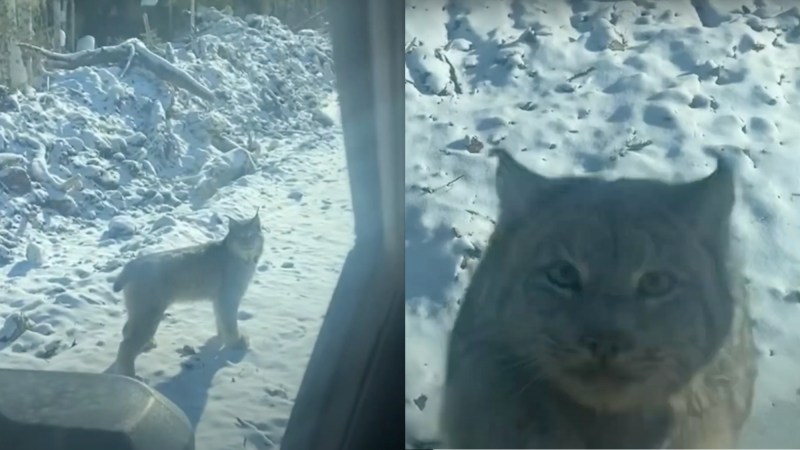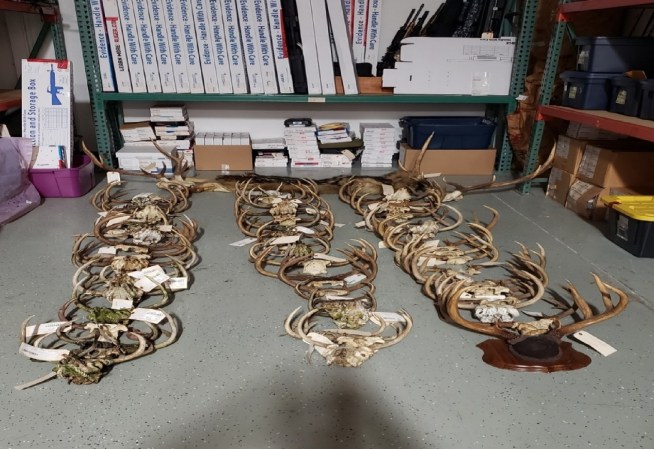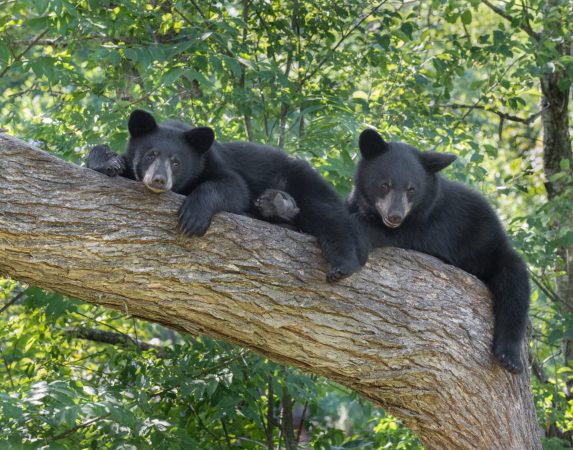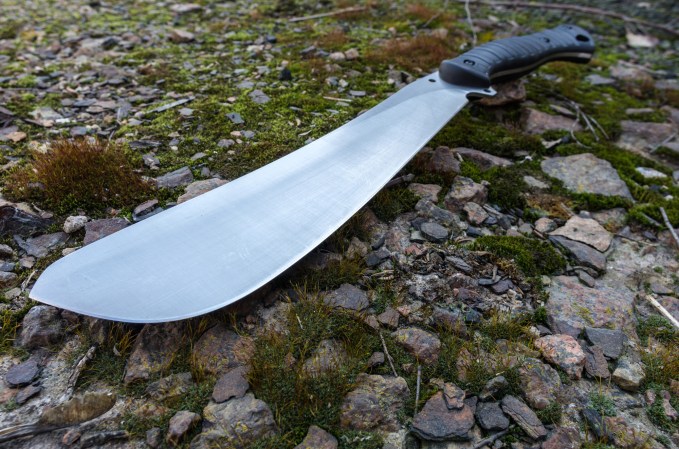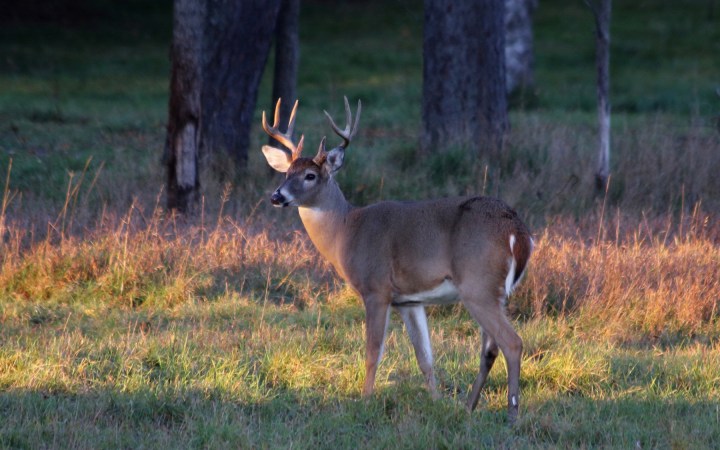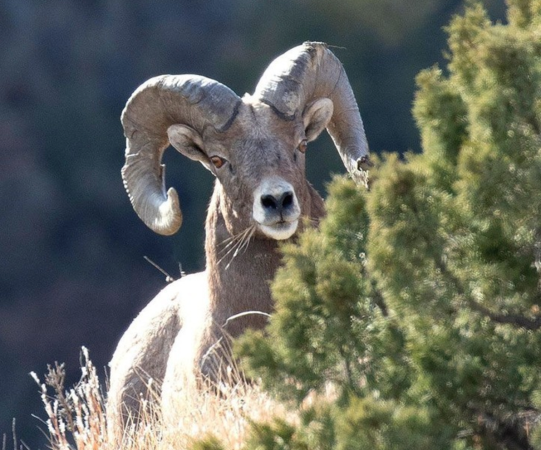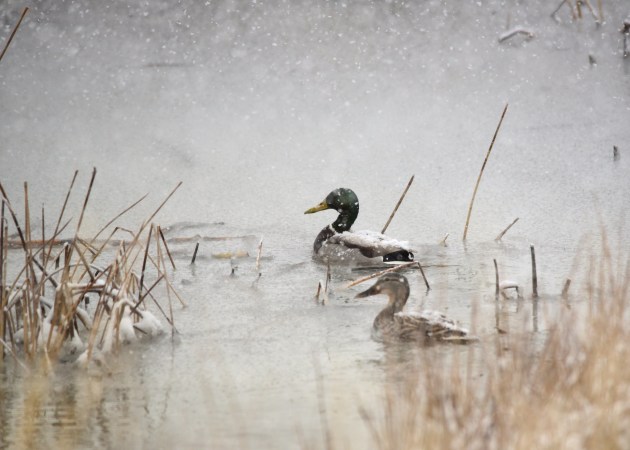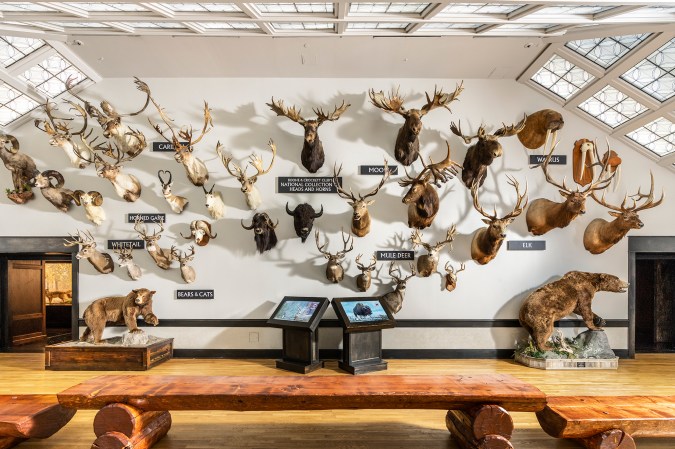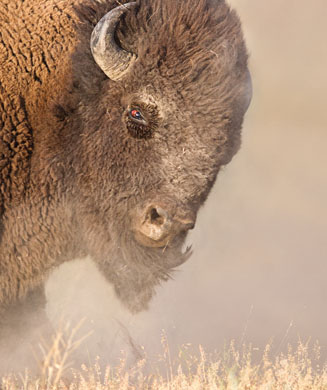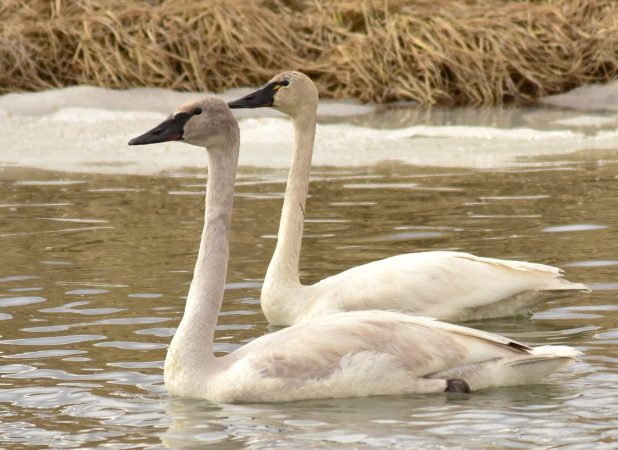North Dakota’s resident bighorn sheep population broke several records during the 2022 population counts. For the third year in a row, the northern badlands population reached an all-time high of 347 sheep, which breaks down to 96 rams, 206 ewes, and 45 lambs. (This doesn’t include the sheep in Theodore Roosevelt National Park or the sheep that live on the Fort Berthold Reservation.) Strangely, the survival rate among winter lambs also broke a record, falling to an all-time low of 54 percent.
“We were encouraged to see the count of adult rams down just slightly from last year, and adult ewes were at record numbers,” NDGF big game biologist Brett Wiedmann said in a press release this spring. “Unfortunately, following a record summer count of lambs, winter survival was … the lowest level on record and well below the long-term average. The lamb recruitment rate was also near a record low. Nearly six months of harsh winter conditions was the likely cause of poor winter survival of lambs.”
There are two ways of looking at these dismal lamb numbers. On one hand, the high winter mortality is concerning. Fewer lambs will mean fewer mature adults reproducing in a few years. On the other, the numbers remain steady. Even without a normal year of lamb production, the population still beat out the 2021 count of 335 sheep and rose above the five-year average by 15 percent.
Poor lamb survival and recruitment isn’t the only drag on North Dakota’s overall sheep population. The southern badlands population, which lives south of Interstate 94, remains at its all-time low since the first sheep were introduced there in 1966. Pneumonia wiped out all but 20 sheep in the region in 1997. That population slowly climbed back to 80 sheep before another outbreak hit, and it’s hovered around 20 individuals ever since.
While the 40 additional sheep that call Theodore Roosevelt National Park home don’t contribute to the huntable population in the state, they do bolster its total bighorn numbers. Similarly, the Fort Berthold Reservation herd has thrived since 30 sheep were translocated from the Rocky Boy’s Reservation in eastern Montana and released in January 2020. The Mandan, Hidatsa and Arikara Nation, also known as the Three Affiliated Tribes, manage this population through their fish and wildlife division.
Read Next: I Almost Froze to Death on a Solo Bighorn Hunt
Bighorn sheep were extirpated from North Dakota by the early 1900s. Today, North Dakota is home to an estimated 470 wild sheep, all from reintroduction efforts that began in 1956 and are ongoing. Over a century later, all five hunters who received tags in 2022 successfully harvested rams, and rules for a potential 2023 hunt will be set by Sept. 1.

